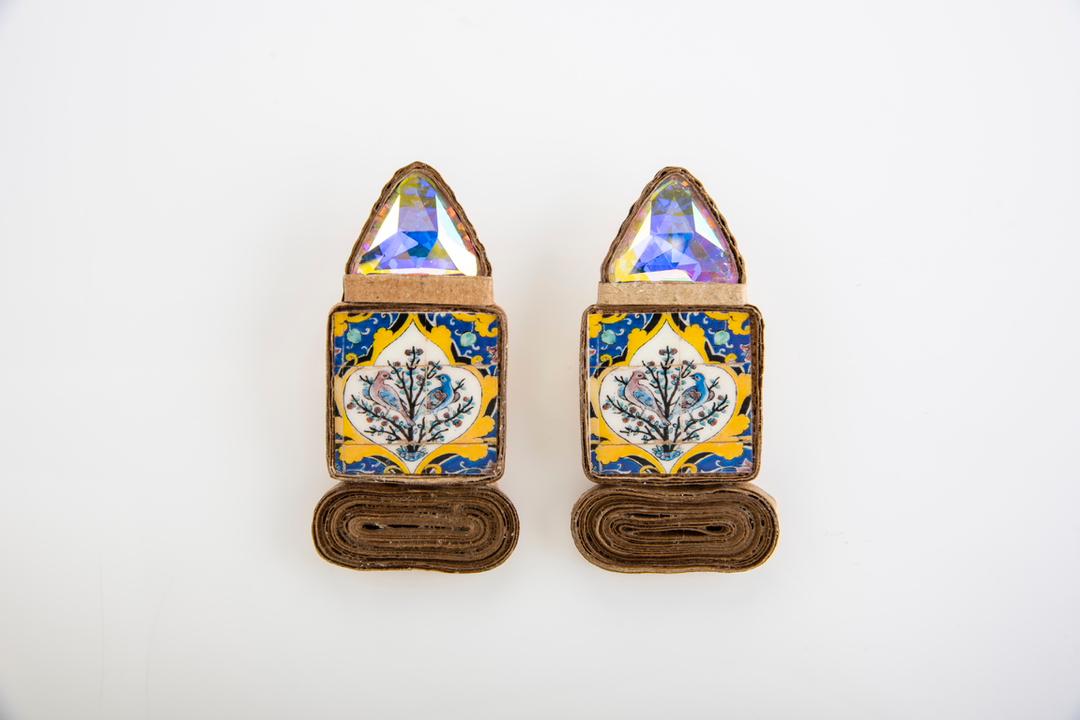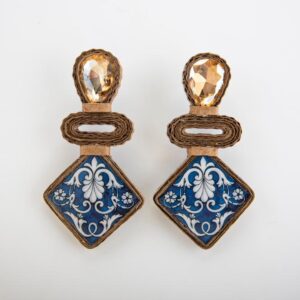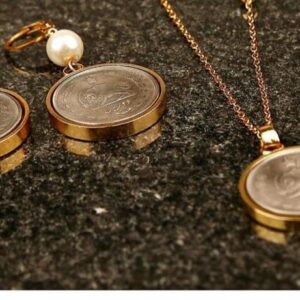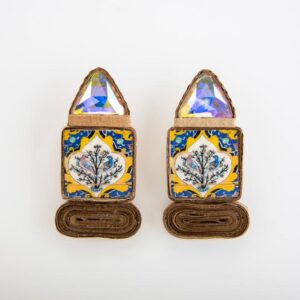Tiling, or the use of repetitive patterns to cover a surface without gaps or overlaps, has a long history in art and architecture, dating back to ancient times. The use of tiling in old art can be found in various cultures and civilizations, and it served both decorative and functional purposes.
One of the earliest known examples of tiling in art is found in ancient Mesopotamia, where clay tiles were used to create intricate and colorful mosaics on walls and floors. The Babylonians and Assyrians were known for their skillful use of tiles to decorate their palaces and temples with geometric and floral patterns.
In ancient Egypt, tiling was used extensively in the construction of temples, tombs, and other monumental structures. The Egyptians used colorful ceramic tiles to create decorative patterns, hieroglyphics, and scenes depicting their religious beliefs and daily life.
Greek and Roman civilizations also utilized tiling in their art and architecture. In ancient Greece, mosaics made of small stones or colored tiles were used to adorn floors and walls in buildings, as seen in ancient sites like Delos and Delphi. Similarly, the Romans incorporated mosaic tiling in their villas, public baths, and basilicas, showcasing intricate designs and scenes.
Islamic art is famous for its exquisite tiling work, especially in the form of decorative ceramic tiles known as “zellige” in the Islamic world. These intricate geometric patterns adorned mosques, palaces, and mausoleums, and they continue to be admired and celebrated in Islamic architecture to this day.
Tiling
$53.00
13 in stock
Categories: Ancient Persian, Carpet & tiling Figure, Earring, Persian Story
Description
Reviews (0)
Be the first to review “Tiling” Cancel reply












Reviews
There are no reviews yet.